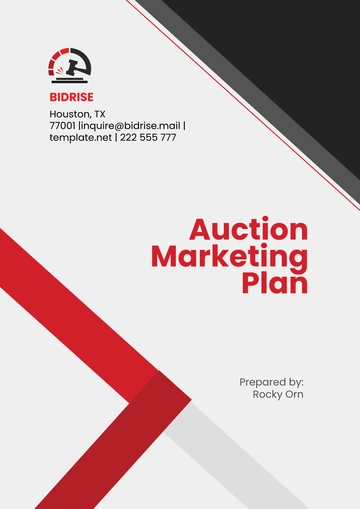Multi Channel Marketing Plan
Prepared by: [Your Name]
I. Executive Summary
[Your Company Name] presents this multi-channel marketing plan aimed at maximizing brand exposure and driving customer engagement across various platforms. This plan outlines our strategies for integrating multiple channels to reach our target audience effectively and achieve our marketing objectives.
II. Company Overview
[Your Company Name] is a dynamic organization specializing in digital marketing solutions. With a focus on innovation and customer satisfaction, we strive to deliver exceptional value to our clients. Our team brings [X] years of combined experience in marketing and strategic planning.
III. Market Analysis
A thorough analysis of the market landscape reveals opportunities for growth and expansion. By understanding consumer behavior and market trends, we can tailor our multi-channel approach to meet the evolving needs of our target audience.
A. Consumer Behavior Insights:
65% prefer personalized experiences.
72% access the web via mobile.
54% research products on social media.
B. Market Trends:
Digital advertising to reach $563 billion by 2052.
85% watch online video content monthly.
E-commerce sales to hit $6.4 trillion by 2050.
IV. Target Audience
Our target audience includes small and medium-sized businesses across various industries, spanning demographics such as age, income level, and geographic location. By segmenting our audience and personalizing our messaging, we can effectively engage with different customer segments across various channels.
V. Multi-Channel Strategy
Content Marketing: Develop high-quality content tailored to each channel, including blog posts, videos, infographics, and whitepapers, to educate and engage our audience.
Social Media Marketing: Utilize platforms such as Facebook, Instagram, Twitter, LinkedIn, and TikTok to connect with our audience, share valuable content, and foster community engagement.
Email Marketing: Implement targeted email campaigns to nurture leads, promote products/services, and drive conversions. Personalization and segmentation will be keys to maximizing effectiveness.
Search Engine Marketing (SEM): Invest in paid search advertising on Google, Bing, and other search engines to increase visibility and drive targeted traffic to our website.
Influencer Partnerships: Collaborate with influencers and industry experts to amplify our brand message and reach new audiences through sponsored content and endorsements.
Offline Marketing: Supplement our digital efforts with traditional marketing channels such as print ads, direct mail, and events to maximize brand exposure and reach.
VI. Integration and Measurement
Integrate marketing efforts across channels to ensure consistency and seamless customer experiences. Implement robust analytics tools to track performance metrics, measure ROI, and optimize campaigns based on data-driven insights.
VII. Budget Allocation
Allocate resources strategically across different channels based on their effectiveness and alignment with our marketing objectives. Continuously monitor and adjust budgets to optimize ROI and maximize results.
Marketing Channel | Allocation Amount |
|---|
Social Media Advertising | $12,000 |
Search Engine Marketing | $10,000 |
Content Marketing | $8,000 |
Email Marketing | $6,000 |
Influencer Partnerships | $4,000 |
Website Development | $7,000 |
Analytics Tools | $3,000 |
Total | $50,000 |
VIII. Timeline and Implementation
Develop a detailed timeline outlining the execution of each marketing initiative, including milestones, deadlines, and responsibilities. Regularly review progress and make necessary adjustments to stay on track.
A. Initial Planning Phase (Month 1):
Conduct in-depth market research to identify the target audience and key trends.
Define marketing objectives and strategies based on market analysis.
Assign responsibilities to team members and set deadlines for initial tasks.
B. Campaign Development (Months 2-3):
Create content for various marketing channels, including social media, email, and the website.
Develop advertising creatives and messaging tailored to target audience preferences.
Launch website development and optimization initiatives to enhance user experience.
C. Implementation and Rollout (Months 4-6):
Begin social media advertising campaigns to increase brand awareness and engagement.
Execute search engine marketing strategies to drive traffic and conversions.
Deploy email marketing campaigns to nurture leads and encourage repeat purchases.
D. Monitoring and Optimization (Ongoing):
Regularly monitor campaign performance using analytics tools.
Analyze the data to identify areas for improvement and optimization.
Adjust strategies and reallocate resources based on insights to maximize ROI.
IX. Conclusion
In conclusion, this multi-channel marketing plan outlines our strategic approach to maximize brand visibility, engage our target audience, and drive business growth. By leveraging the power of multiple channels, we aim to strengthen our market position and achieve our marketing objectives.
For further inquiries or to discuss how we can tailor our multi-channel marketing strategies to suit your specific needs, please contact [Your Name] at [Your Email] or [Your Company Name] at [Your Company Number].
Plan Templates @ Template.net






























